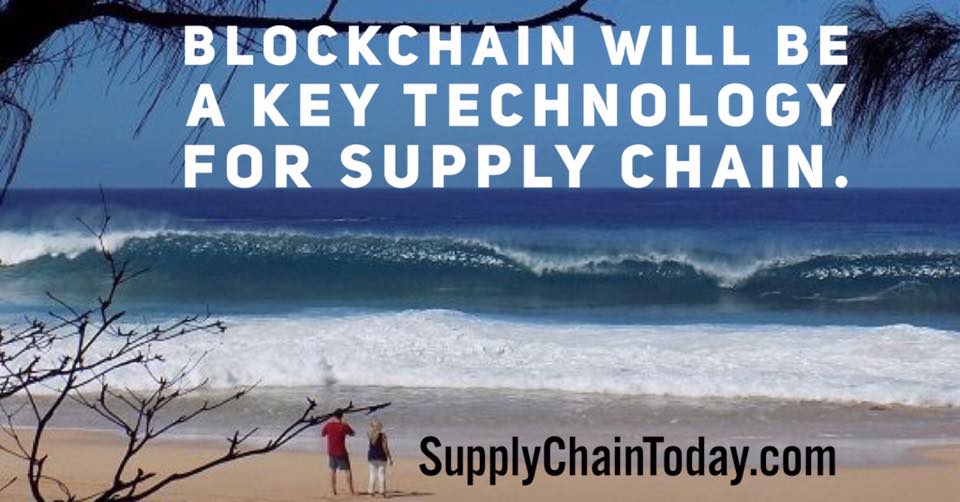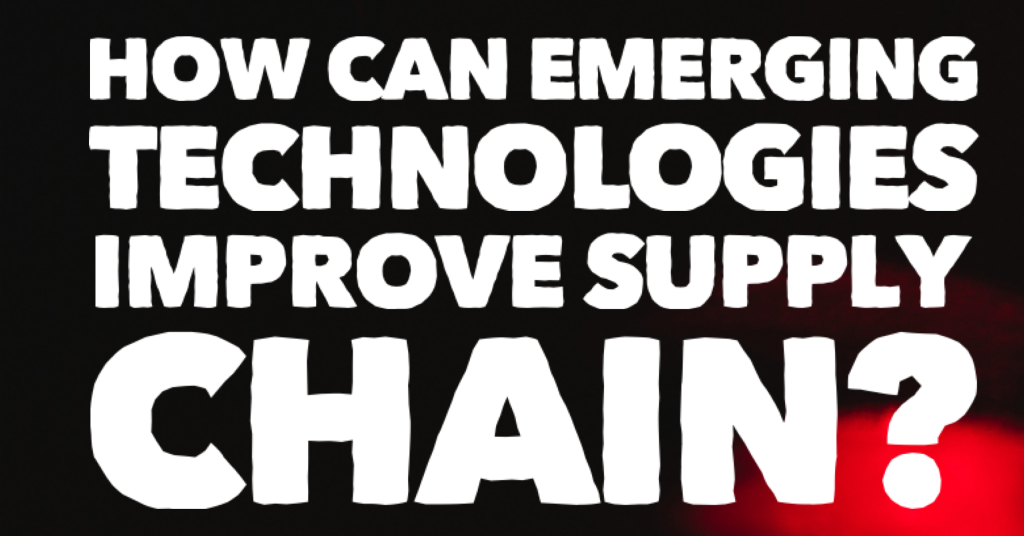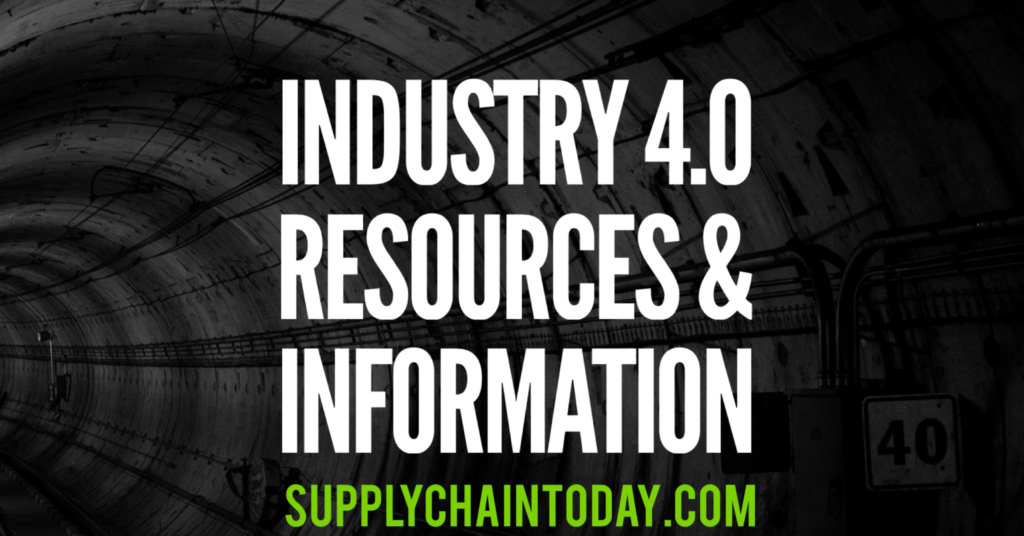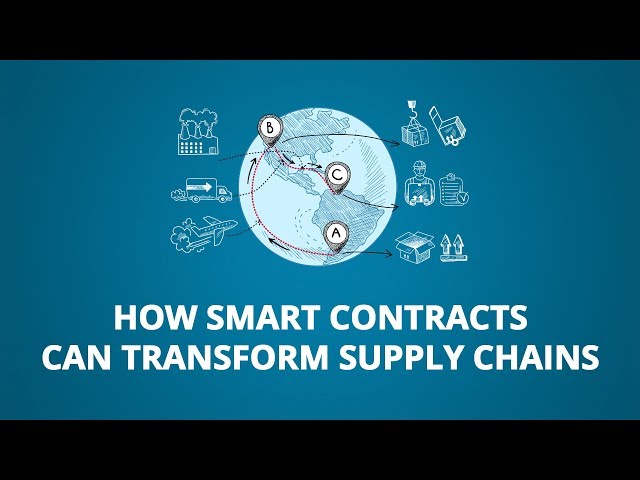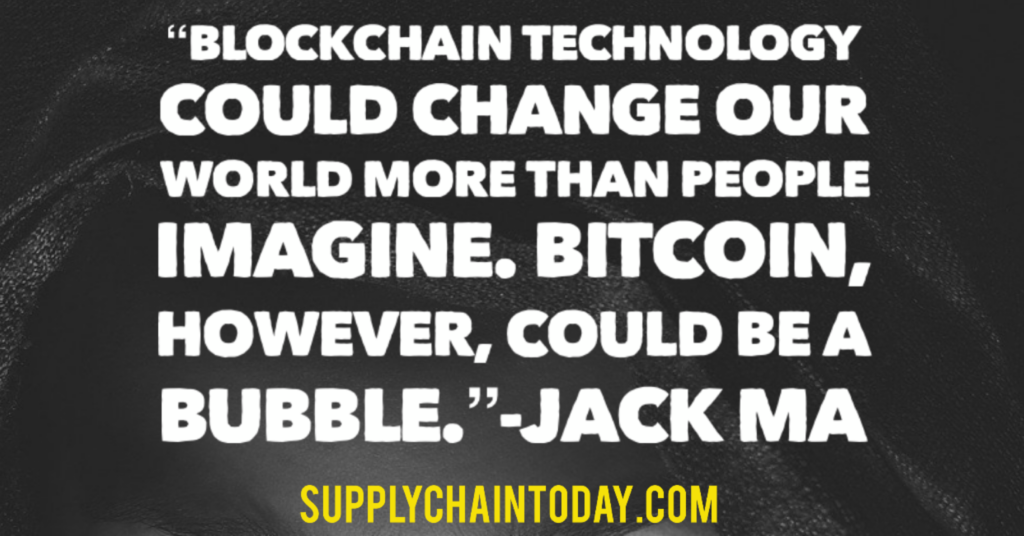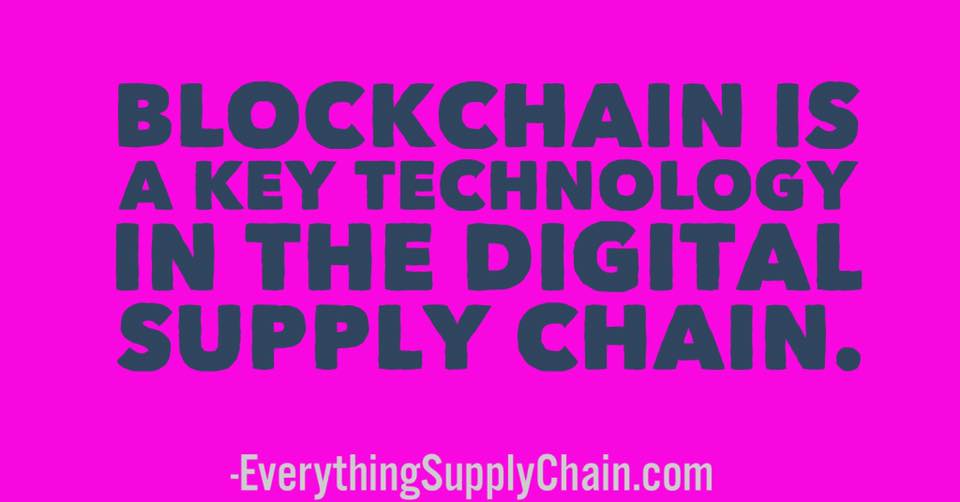What is Blockchain? Explained Simply. Blockchain In 7 Minutes.
Blockchain is a decentralized, distributed database that allows multiple parties to record transactions and share access to a single, shared record of data. It is a secure and transparent way to store and transmit data, and has the potential to revolutionize a wide range of industries and applications.
At the core of blockchain technology is a network of computers, called “nodes,” that work together to validate and record transactions. When a new transaction is made, it is broadcast to all the nodes in the network. These nodes then verify the transaction using complex algorithms and, if it is deemed valid, add it to the shared record of data, called a “block.”
Once a block is added to the chain, it is extremely difficult to alter or delete. This is because each block is connected to the previous block through a cryptographic link, called a “hash,” which ensures the integrity and security of the data. In order to alter a block, an attacker would need to not only change the block in question, but also all the subsequent blocks in the chain, which would require an almost impossible amount of computing power.
There are many potential applications for blockchain technology, including financial transactions, supply chain management, and voting systems. It has the potential to increase efficiency, reduce the risk of fraud and errors, and improve transparency and trust among parties.
Here’s how it works:
- Transactions are recorded: When a transaction is made, it is recorded on the blockchain. The transaction could be the transfer of money, goods, or any other asset.
- The transaction is verified: The transaction is then verified by multiple computers, or “nodes,” on the network. These nodes check the transaction to ensure that it is legitimate and that the sender has the necessary assets or authorization to make the transaction.
- The transaction is added to a block: Once the transaction has been verified, it is added to a block, which is a collection of transactions.
- The block is added to the chain: The block is then added to the chain, which is a public record of all the transactions that have been recorded on the blockchain. Each block is linked to the previous block, creating a chain of blocks that cannot be altered.
Overall, blockchain is a decentralized, digital ledger that allows multiple parties to record and verify transactions without the need for a central authority or intermediary. It uses a network of computers to verify transactions, and it creates a public record of all the transactions that have been recorded on the blockchain.
Advantages and Disadvantages of Blockchain in SCM
There are a number of potential advantages to using blockchain technology in the supply chain industry, including:
- Real-time tracking: One of the main benefits of blockchain in the supply chain is the ability to provide real-time visibility into the movement of goods. This can help organizations better manage their inventory, reduce the risk of errors and fraud, and improve customer service.
- Improved efficiency: By streamlining various processes in the supply chain, such as procurement and invoicing, blockchain can help organizations save time and reduce the risk of errors.
- Increased trust: The transparency and security of blockchain can help improve trust and collaboration among parties in the supply chain, which can lead to better coordination and reduced errors.
- Reduced fraud: The use of blockchain can also help reduce the risk of fraud in the supply chain by providing a tamper-proof record of transactions.
There are also some potential drawbacks to using blockchain technology in the supply chain industry, including:
- Complexity: The technology behind blockchain can be complex and may require significant investment in training and resources to implement.
- Limited adoption: The adoption of blockchain in the supply chain industry is still relatively limited, which may make it difficult for some organizations to find partners or vendors that are using it.
- Regulation: Blockchain technology is still relatively new and is not yet fully regulated, which may create uncertainty for some organizations looking to adopt it.
- Interoperability: Finally, the use of multiple blockchain systems in the supply chain may create interoperability challenges, as different systems may not be able to communicate with each other easily.
Cost Savings: Blockchain SCM
There are a number of ways in which blockchain technology can help save costs in the supply chain industry. Some examples include:
- Real-time tracking: By providing real-time visibility into the movement of goods, blockchain can help organizations reduce the need for manual tracking and reconciliation, which can save on time and resources.
- Improved efficiency: Blockchain can also help streamline various processes in the supply chain, such as procurement and invoicing, which can save on time and reduce the risk of errors.
- Reduced fraud: The security and transparency of blockchain can help reduce the risk of fraud and errors in the supply chain, which can save on costs associated with recovering from fraudulent activity or correcting mistakes.
- Increased trust: Finally, the use of blockchain can help improve trust and collaboration among parties in the supply chain, which can lead to cost savings through better coordination and reduced errors.
Overall, the cost savings of blockchain in the supply chain industry will depend on the specific needs and operations of the organization, as well as the extent to which they are able to effectively utilize the technology to streamline and optimize their operations.
Blockchain Quotes
- “The blockchain allows our smart devices to speak to each other better and faster.” ~Melanie Swan
- “While it may seem scarier in the earlier days, I think ultimately the blockchain creates a safer world.” ~Fred Ehrsam
- “Blockchain technology isn’t just a more efficient way to settle securities. It will fundamentally change market structures, and maybe even the architecture of the Internet itself.” ~Abigail Johnson
- “The blockchain symbolizes a shift in power from the centers to the edges of the networks.” ~William Mougayar
- “You have to think of the blockchain as a new utility. It is a new utility network for moving value, moving assets.” ~William Mougayar
- “The blockchain is a distributed network that solves all the problems that we have of finance, but more broadly, it’s like a philosophy. It’s a way of life.” ~Mike Cernovich
- “The blockchain does one thing: It replaces third-party trust with mathematical proof that something happened.” ~Adam Draper
Learning Resources
- Blockchain and the Internet of Things explained.
- Blockchain for Supply Chain Transparency.
- Enabling the autonomous supply chain with IoT, AI and Blockchain.
- IoT Blockchain Convergence.
- IoT Supply Chain Management.
- Smart contracts on a blockchain.
- Understand the Blockchain in Two Minutes.
- Youtube: What is blockchain and how can it change our society?
Emerging Technologies Improve Supply Chain: AI, AR, Blockchain, IoT, RPA, Robots…
Journey of Coffee – Blockchain Supply Chain Process
What is Industry 4.0? Includes Resources.
Using Smart Contracts to Transform Supply Chain.
The Best Blockchain Quotes
Blockchain for Supply Chain Transparency
